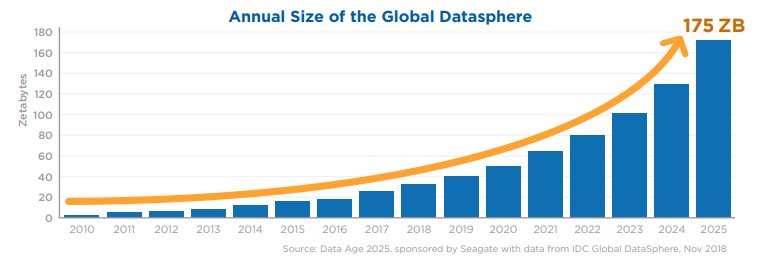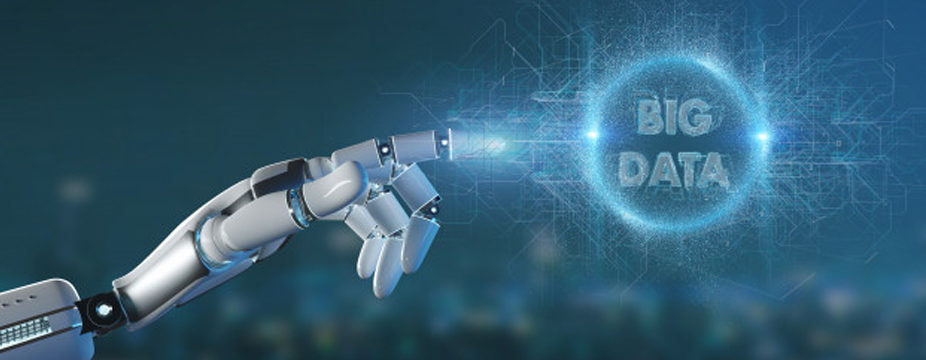|
Getting your Trinity Audio player ready...
|
According to IDC’s Data Age 2025 Research, in 2025, the world is expected to be creating 175 zettabytes (175 trillion gigabytes) of data. With such huge volumes of data, it becomes obvious to implement Big Data technology to collect and analyze the data. But, What exactly is Big Data? The difference between traditional data and Big Data can be explained by the specific characteristics that explain Big Data.

Traditional Data vs Big Data
Data is a specific set or set of qualitative and quantitative variables which can be structured or unstructured, and which can be used to generate insights, that can be combined to generate knowledge and information by using traditional analysis tools and software.
Large volumes of structured and unstructured data are usually difficult to be processed and analyzed by using traditional database and software techniques. Big Data is a field that finds ways and methods to systematically extract information and analyze massive data sets that are complex to process with traditional data processing software. The ability to process Big Data brings in various benefits, like the ability to predict outcomes accurately, thereby ensuring a better decision-making process.
4 V’s of Big Data
Big Data can be differentiated by its four characteristics –
Volume – The size/volume of the data plays a crucial role in determining if data should be considered Big Data.
Variety – Variety refers to the types of data, i.e., whether the data is structured, unstructured or semi-structured that is gathered from diversified sources like emails, PDFs, images, videos, audio, monitoring devices, etc.
Velocity – The speed at which the data flows in from sources, like business processes, networks, social media sites, sensors, mobile devices, etc., and is processed also is an important characteristic of Big Data.
Veracity – The accuracy and uncertainty of the data available can hamper the process of being able to manage the data effectively. Companies have a hard time reacting and making appropriate solutions quickly. A better organization of data into groups, values, and significance will enable to have a better strategy to use Big Data.
What is Big Data Analytics
The process of collecting, organizing, and analyzing Big Data is Big Data Analytics. It helps organizations in discovering patterns and provides useful information from them.
Big Data gives you better insights that welcome new opportunities and business models. With major industries like banking, healthcare, manufacturing, education, Information Technology, etc using Big Data, it is evident that Big Data (combined with other technologies like AI) is powering innovation and better solutions.
If you need any help with idea validation, proof-of-concept, Data Science consulting, large-scale AI implementation, Big Data Engineering, or a creative solution for your Big Data data. You are at the right place.
Talk to our experts
